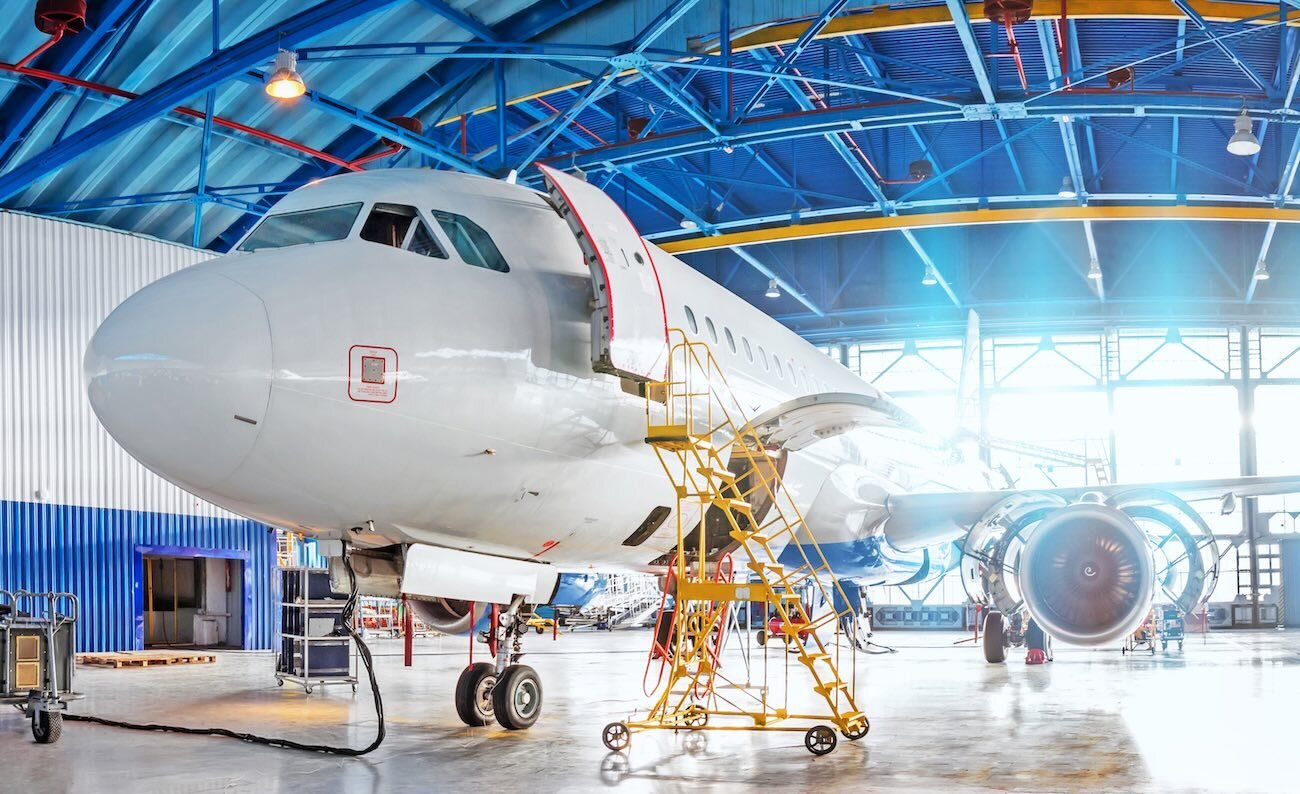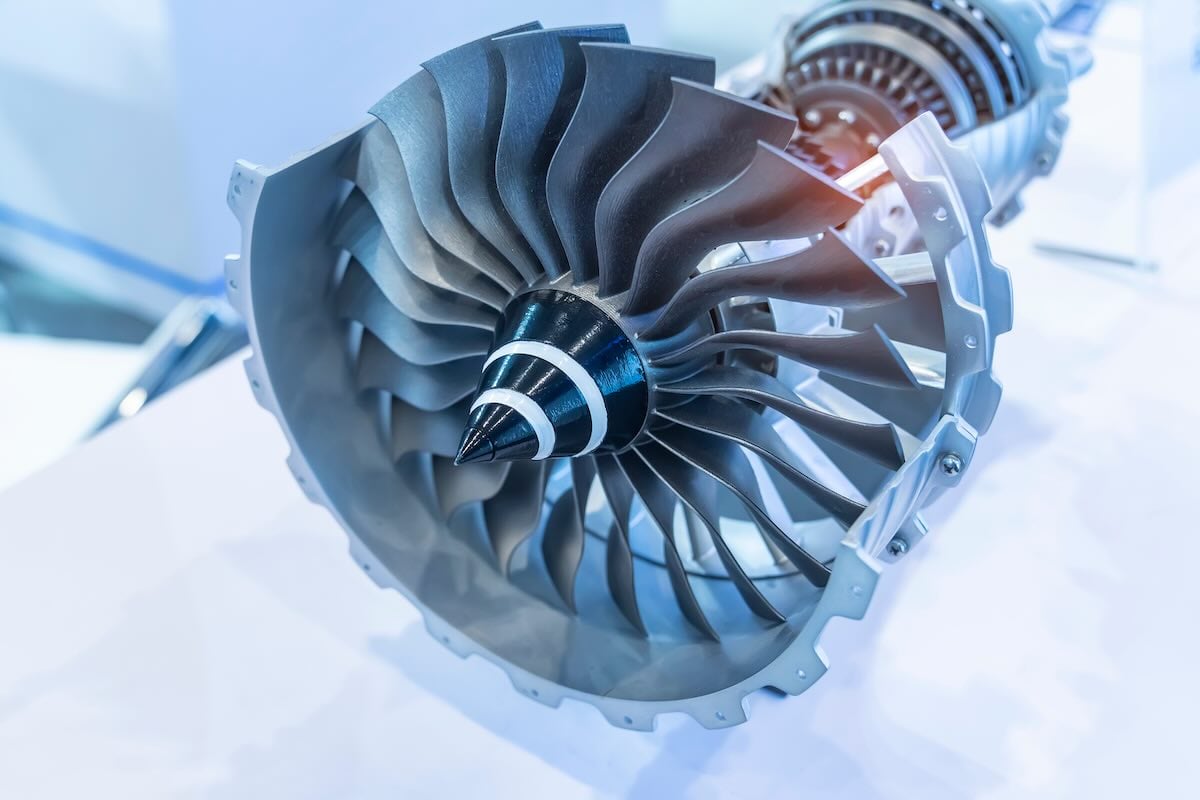Air cargo charters have become a critical enabler for the aerospace industry, especially in the United States. From rapid AOG response to moving gigantic satellite components, these on-demand flights deliver solutions that scheduled freight simply cannot.
When urgent air freight is needed for an Aircraft on Ground (AOG) situation or when an outsized part must reach a factory overseas, a dedicated charter flight can be a lifesaver. Unlike standard shipping, air charters offer on-demand, point-to-point transport with the speed and flexibility that aerospace timelines often demand.
By leveraging charters, aerospace logistics teams gain speed, flexibility, and peace of mind – knowing they have a dedicated aircraft ready to launch whenever the supply chain calls for it. As technology improves and market forces evolve, charters are poised to remain at the forefront of aerospace freight transportation. In a field where timing and precision are everything, the ability to charter a cargo aircraft on short notice is like having a secret weapon to keep planes flying and projects on track
AEROSPACE AIR CARGO CHARTERS
When an aircraft is grounded (AOG) waiting for a replacement engine or critical part, time is of the essence – cargo charters can dispatch such components within hours. Aerospace firms turn to air cargo charters whenever traditional logistics can’t meet their needs.
For example, aircraft manufacturers and MROs often need to ship jet engines, fuselage sections, landing gear, or other oversized structures that are too large or too urgent for regular flights. Rather than wait days or weeks for ocean freight, they can charter a freighter to move these parts directly. A prime case is an AOG event – if an airliner is stranded awaiting a part, chartering a jet for rapid delivery is a common solution. These AOG shipments are high-priority; every hour a plane is grounded can cost airlines thousands, so aerospace logistics teams use charters to get spares on-site in a matter of hours.
$32.2 B
$12.2 B
10.2 %
22%
TALK TO AN EXPEDITOR NOW
Get a Quote in Minutes for Your Time-Critical Freight Needs
The History of Air Charter Services
Air cargo and charter aviation trace their roots to the very dawn of powered flight. On 7 November 1910, the Wright brothers staged the first documented freight run, flying 200 pounds of silk 65 miles from Dayton to Columbus, Ohio—dramatically proving that airplanes could outpace trains for urgent deliveries and hinting at a new era of express logistics. Wartime needs accelerated that promise: by the end of World War II, aircraft were routinely shuttling vital supplies and personnel, firmly establishing air transport as the fastest link in any supply chain.
Standardisation soon followed. In 1945 the newly formed International Air Transport Association (IATA) created a common rulebook for global air operations, laying the foundation for organised charter services. The jet age then re‑defined what was possible. Boeing’s 1968 debut of the 747—the first wide‑body capable of accepting full‑size pallets—multiplied payload capacity while trimming transit times, pushing air freight into the mainstream.
As the 21 st century unfolded, lean, globally dispersed supply chains made time‑critical charters indispensable. Industries such as automotive, where a single late component can idle an assembly line, began keeping charter flights in their contingency playbooks. A specialised brokerage sector emerged to pair shippers with the right aircraft at a moment’s notice.
More than 100 years after that silk‑laden Wright Flyer, air‑cargo charters have matured into a sophisticated worldwide network, powered by digital booking platforms, fuel‑efficient jets and real‑time visibility tools—quietly ensuring that factories, including countless automotive plants, stay on schedule across North America and beyond.
Key Advantages of Air Cargo Charter for the Aerospace Industry
Air cargo charters provide distinct benefits for aerospace logistics, often acting as a “first-class” freight solution when standard options fall short. Below are key advantages that make charter flights indispensable for urgent and specialized aerospace shipments:

Shipping Speed and Responsiveness
Fast response time is the hallmark of charter services. When time is critical – for example, an AOG spare part needed today – a charter can be arranged and airborne within just a few hours. Unlike scheduled flights that operate on fixed timetables, charter planes depart as soon as the cargo and clearances are ready.
This speed minimizes costly downtime; a dedicated aircraft can deliver urgent air freight overnight or even same-day across continents, getting grounded aircraft back in service faster than any other mode.

Air Charter Routing Flexibility
Charters offer unparalleled routing and scheduling flexibility. Shippers essentially “rent” the entire aircraft, so they can choose exact departure times, origin and destination airports (including smaller airfields closer to maintenance bases or factories), and even adjust the route as needed. The cargo doesn’t need to pass through major hubs or follow pre-set connections.
This means critical parts can fly direct to the point of need, bypassing hub delays and multiple transfers. According to industry experts, an air cargo charter is a bespoke private flight for freight – shippers dictate the schedule and route, maintaining an unbroken chain of custody that scheduled carriers can’t guarantee. In short, charters go where and when the shipper requires, a huge advantage for remote project sites or tight deadlines.

Capability for Oversized Air Freight
Many aerospace items are bulky or heavy (engines, wing sections, satellite assemblies) and qualify as oversized air freight. Cargo charters excel at moving outsized loads that regular passenger planes or even standard freighters cannot handle. Charter operators can source specialized aircraft equipped for large cargo: e.g. the Antonov An-124 with nose-loading ramps, Boeing 747-400F with a swing-up nose door, or even U.S. military C-17s for gigantic pieces.
These aircraft can accommodate payloads well beyond the limits of normal airliners (the An-124 can carry up to 120 tons). For example, one charter operation flew a 35-ton industrial press in an An-124 because no scheduled service could take such a load. By using planes with extra-large doors and reinforced floors, charters enable transport of oversized aerospace cargo in one piece, avoiding the delays and complexity of disassembling the item to fit standard pallets.

Dedicated Air Cargo Handling and Security
With a charter, the entire plane is dedicated to one shipment, which means no co-mingling with other freight and much tighter control over handling. Sensitive aerospace components (delicate electronics, prototype parts, or ITAR-controlled equipment) travel with their own crew and often with security escorts, reducing risk of damage or theft.
Charter brokers and operators can arrange special security measures such as tamper-evident seals on containers, GPS tracking of the aircraft and cargo, and even onboard couriers to hand-carry critical items. The cargo remains under continuous oversight from pickup to delivery. This dedicated handling is crucial for high-value aerospace shipments – there are fewer touchpoints where something can go wrong. Additionally, charter flights can be staged from private or less congested airport facilities, which adds confidentiality and minimizes exposure. In sum, reliability and care are top-notch: as one source notes, charter solutions give aerospace shippers the speed, flexibility, and secure handling needed to keep their operations on track.

Trends Shaping the Air Charter Industry
- Digitalization and Instant Booking
- E-Commerce Pressure and Capacity Crunch
- Sustainability Initiatives in Charter Operations
- Emphasis on Resilience and Contingency Planning
Digitalization and Instant Booking
E-Commerce Pressure and Capacity Crunch
Sustainability Initiatives in Charter Operations
Emphasis on Resilience and Contingency Planning
Finally, the charter market is shaped by a heightened emphasis on supply chain resilience. The turbulence of recent years (trade wars, pandemics, geopolitical conflicts) taught companies that relying solely on scheduled transport can be risky. In response, many U.S. aerospace supply chain managers now view charters as a strategic tool – a kind of insurance policy to keep production running when the unexpected happens. Industry forecasts predict continued growth in cargo charters as firms seek more control over their logistics and the ability to react instantly. For example, if a key supplier faces a factory shutdown or a port delay threatens a crucial delivery, an on-demand air charter can rescue the situation and prevent a line stoppage. This agility is invaluable in aerospace, where a single missing part can halt a million-dollar assembly line.Why Choose AirFreight.com?
As a leading air freight broker and air cargo charter specialist, AirFreight.com blends deep air freight logistics expertise with a nationwide network of cargo aircraft and vetted air freight carriers to deliver flexible, reliable, and rapid air charter solutions. Our team orchestrates every stage of air freight shipping, ensuring time‑critical freight reaches its destination on schedule—even in the toughest conditions.



